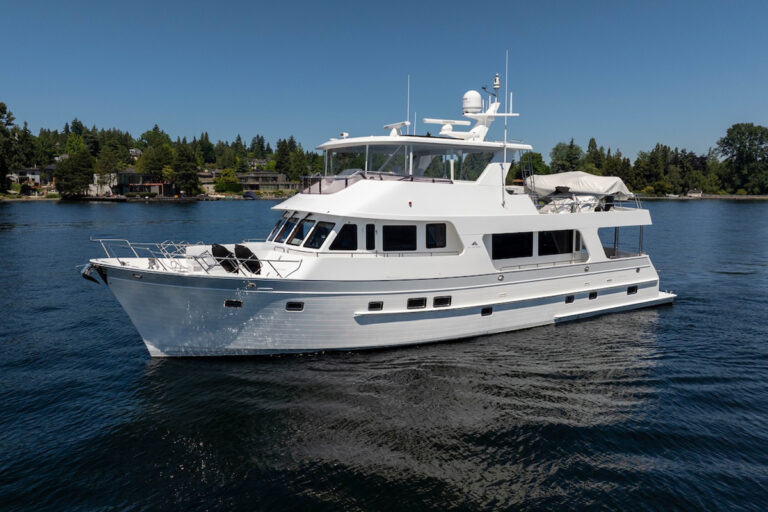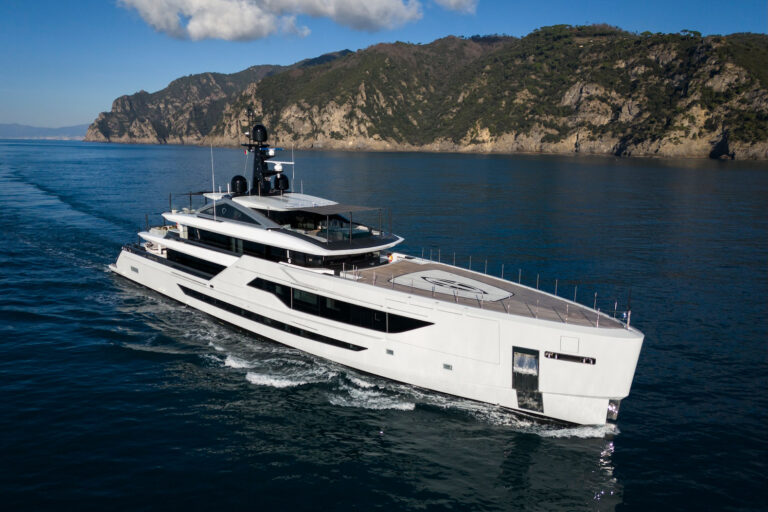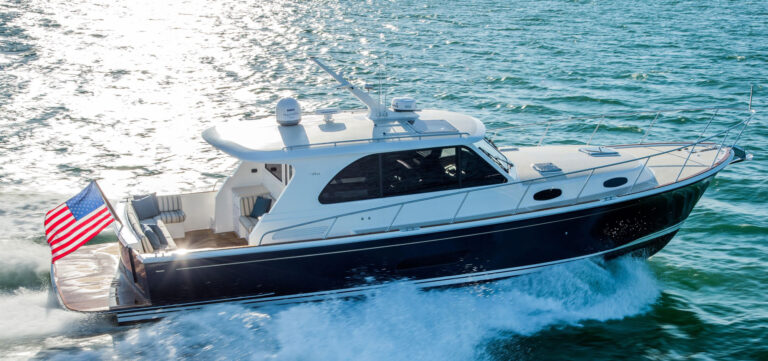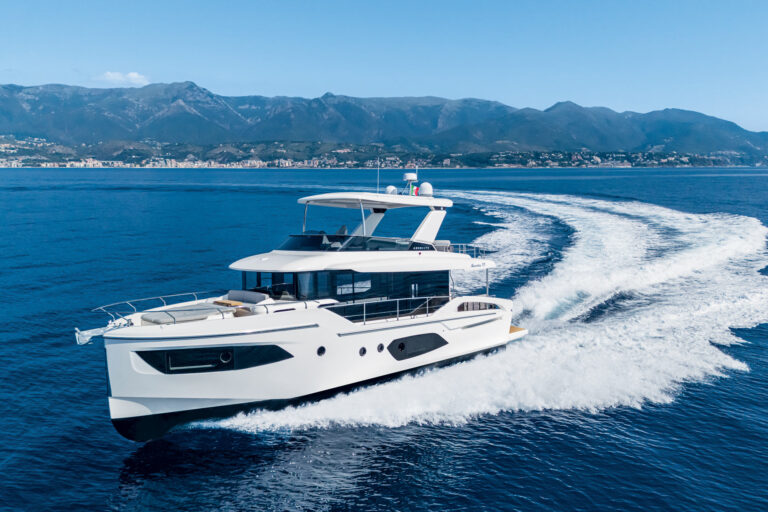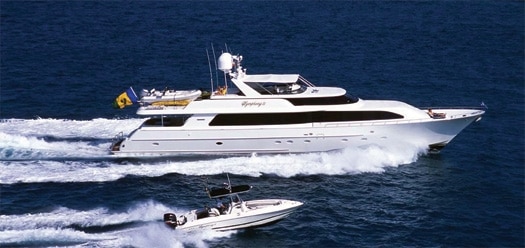
workboat1.jpg
Putting my yacht into charter service was the smartest move I’ve made,” says the owner of a 100-foot yacht who prefers to remain anonymous. “Not only does it offset the operating costs, but the charters are when we don’t want to use the yacht, anyway. It’s a win-win!”
“I simply don’t want anyone sleeping in my bed,” says another owner, whose hundred-footer remains in private use only.
Whether you put your yacht into charter service is ultimately a personal decision, but a growing number of owners are finding that charter use is beneficial in many ways.
Symphony II, a luxuriously upgraded and outfitted 112-foot Westport that has a reputation as a popular Caribbean charter yacht, was intended from the outset for charter service. “We wanted to deliver a first-class, five-star experience to our charter guests,” says the owner. “So we had her refitted to the highest level in appointments and toys.”
In an era of escalating fuel costs and a declining economy, many owners use their yachts less than before, because of fiscal caution and because they have limited free time. So how does a yacht go into charter?
First, a yacht is put into charter management with a company that specializes in handling charter yachts. They inspect the yacht, assess its condition and marketability, recommend a fair charter fee, suggest ways for the yacht to be improved and, with the owner and captain, tailor a program in the best cruising areas.
The charter-management company then maintains the “book” on this yacht, which is the master calendar. Charter brokerage is much like multiple listing services in real estate: All brokers can arrange a charter by working through the management company, which is the central clearinghouse on the yacht.
In round numbers, an owner can expect his costs to be about 25 percent of the retail charter fee. This goes to the charter-management company for their services, to charter brokers as a commission, and for various marketing costs that wouldn’t be incurred if the yacht were not in charter. These might include color brochures, advertising, and the costs associated with charter yacht shows.
John Dane, president and CEO of superyacht builder TrinityYachts, sees many of his yachts go into charter service. “Because most of the new buyers are still active in business, they only have so much time a year for their yachts. And they know about investments.”
But Dane sees that chartering is more than just efficient usage of an asset: it’s about finances. “Enter the charter business, especially in the Mediterranean where a 164-foot yacht can easily bring $350,000 a week. By chartering a boat ten weeks a year, the owners can pay operating expenses for a full year,” he says.
But the owner of Symphony II, which has charter rates up to $54,500 a week, notes, “Don’t ever expect a charter yacht to be a mass money maker. View it as an opportunity to offset your expenses and still have a wonderful yachting experience.”
There’s more to chartering than just owning a yacht, too. You need to make sure it is equipped for charter use, and you need a crew that can handle the hospitality side of yachting. A uniform concern of yacht owners is finding-and keeping-good crews. “When things are going well and you have a good captain, life is great,” says Symphony II’s owner. “But if you have a bad captain or chef, well, it’s nothing but aggravation.”
Symphony II charters as many as 18 weeks a year and, as such, is considered by brokers as a charter workhorse. On top of that, the owner uses the yacht eight to ten weeks a year. “If I can only use it ten weeks a year, why should I let an asset just sit when it could be working?” he asks.
Owners who charter their yachts also point out that chartering helps their crews stay sharp and motivated. Crews share the tips earned during charters, and that provides an incentive to excel. “I’m delighted when they get big tips,” says the owner of Symphony II. “I want them to prosper, because it shows me that we’re doing a good job.”
The owner of Symphony II invested in a number of upgrades that might not have been necessary for a private yacht. Among the items that contribute to what the owner calls “the wow factor” are an extensive art collection that includes a guidebook for viewing the art. A high-tech entertainment and audio system was installed and a library of more than 900 DVD movies went aboard as well. Finally, a high-speed Internet connection allows charter guests to stay in touch with their businesses.
What advice would the owner of Symphony II give to prospective charter yacht owners? “Do your homework. You need to really understand all the costs and all the returns,” he says first. He adds, “It also takes a lot of vision to create a great charter yacht.”





